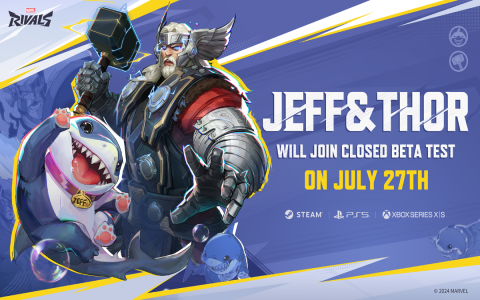So I’ve been messing around with this CS:GO inventory thing, and let me tell you, it’s been a ride. I wanted to have a good way to manage my CS:GO skins, because I have a lot of them. I first went on Google to find if someone already did something similar, but I could not find anything.
First off, I needed a place to start. I thought, “Okay, how do I even get a list of all the items?” I remembered that Steam has this inventory API thingy. So, I dug around and figured out how to use it. It was a bit of a pain, to be honest, lots of trial and error, I would say. But eventually, I got it spitting out a JSON file – you know, one of those data format things with all my skins listed.

- Got the data: Used the Steam API to fetch my inventory.
- Read the data: Used some basic Python code to read the JSON output.
Next up, I wanted to see what I had, but just a giant list is not helpful, is it? I mean, I have like a hundred cases, and who needs to scroll through all that? So, I got to work writing some more code. This time, it was to organize the stuff, group them by type, you know, like putting all the cases together, all the rifle skins in one pile, that sort of thing. It was actually kinda satisfying to see it all sorted out like that.
Then came the part where I could do stuff with the items. Like, what if I want to sell a bunch of cases, or trade some skins? I had to figure out how to send commands back to Steam. Again, it was this whole back and forth with the API, but it is fun right? Sending requests, getting responses, checking if everything went through. I built a few functions, one for selling, one for trading. You put in the item ID, the price, and boom, it’s on the market.
Putting it all together
After all that coding, testing, and fixing bugs – oh, the bugs! – I finally had something that worked. I could load up my inventory, sort it, and do all the market stuff I wanted. It’s not like some fancy app you’d download, but it does the job. I even added a little feature to calculate the total value of my stuff based on market prices. I am so proud of myself, to be honest.
I guess the big takeaway here is that even if something seems complicated at first, you can break it down into smaller parts and just work at it bit by bit. And honestly, the feeling when you finally get it working, it’s pretty awesome. I feel like I learned a lot about working with APIs, handling data, and just, like, making something from scratch. I also learned that I have a lot of cases to sell.
I don’t know, maybe someone else out there will find this useful. Or maybe it’s just a fun project for me. Either way, I’m happy with how it turned out. And who knows, maybe I’ll keep adding to it, make it even better. The possibilities are endless, really.
If someone else is interested in doing something similar, I am always available for a chat and share some tips! It is not that hard after all. You just need to start with a single small step, then the next one, and in the end you will achieve great things.















